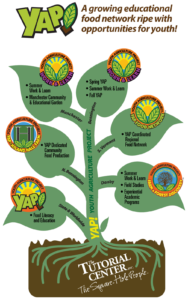Proper Forage Sampling
 An analysis is only as good as the sample submitted. Taking a good representative sample of your feed is the first and most critical step of the analysis process, yet it is often the step that is the most taken for granted.
An analysis is only as good as the sample submitted. Taking a good representative sample of your feed is the first and most critical step of the analysis process, yet it is often the step that is the most taken for granted.
Following good sampling procedures will help ensure that your analytical results truly reflect the nutrient composition of your sample and will be useful in developing your feeding program. Poorly taken samples can result in decisions that lead to either over or under-feeding. Both can be costly in terms of money and/or lost production.
The key to submitting a good feed sample is to collect several sub-samples to form a composite. Remember that the one-pound sample that you submit for analysis is going to represent several tons of feed. Thus, you want to be sure that it represents a good cross-section of the feed, not just one bale.
There can be great variability between bales in the same lot. For example, if you sampled the worst bale in the lot, feeding recommendations based on this information would result in overfeeding and increased feed cost. Studies have been done demonstrating that compositing multiple sub-samples is the best way to get an accurate picture of the forage in question.